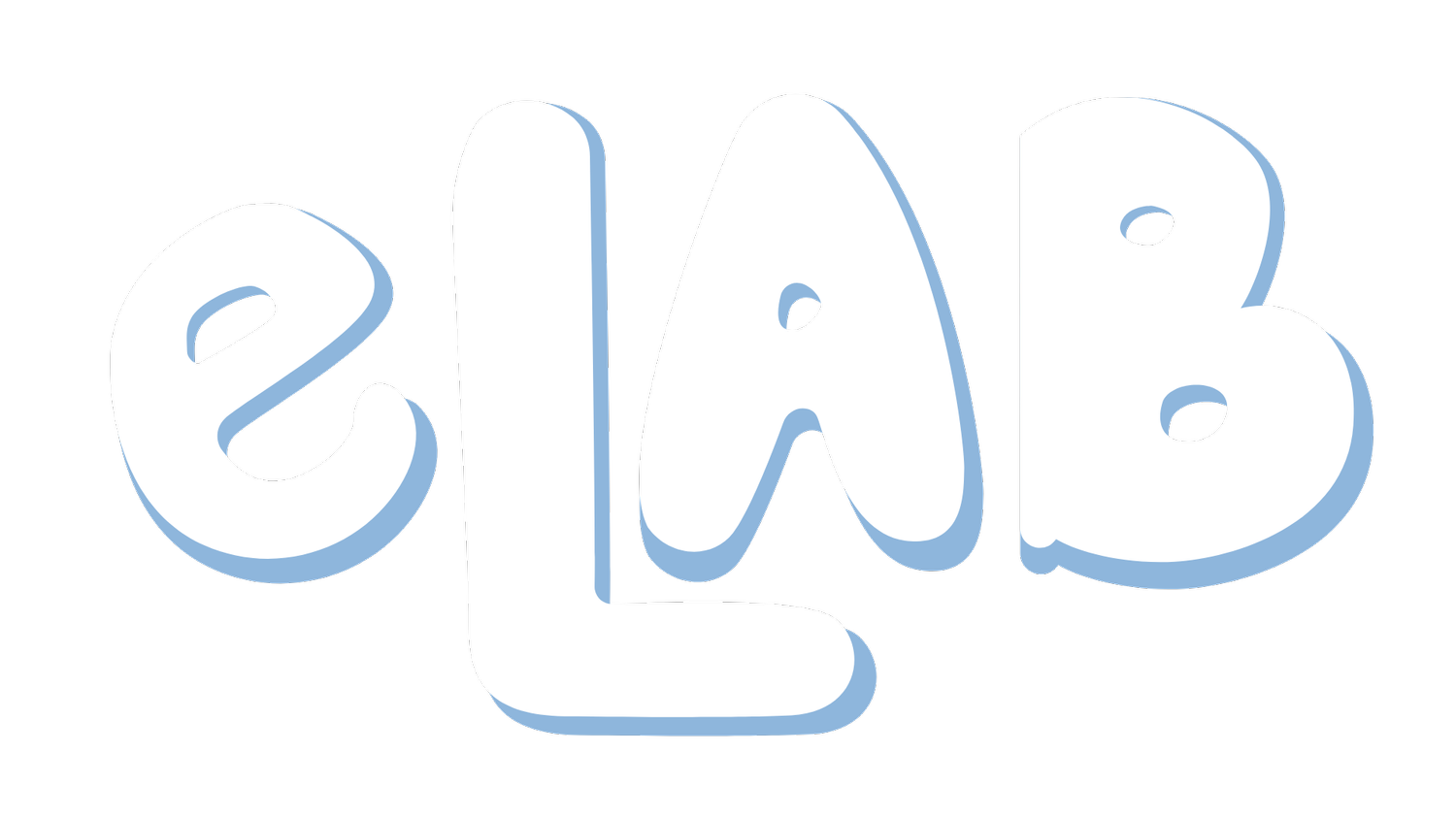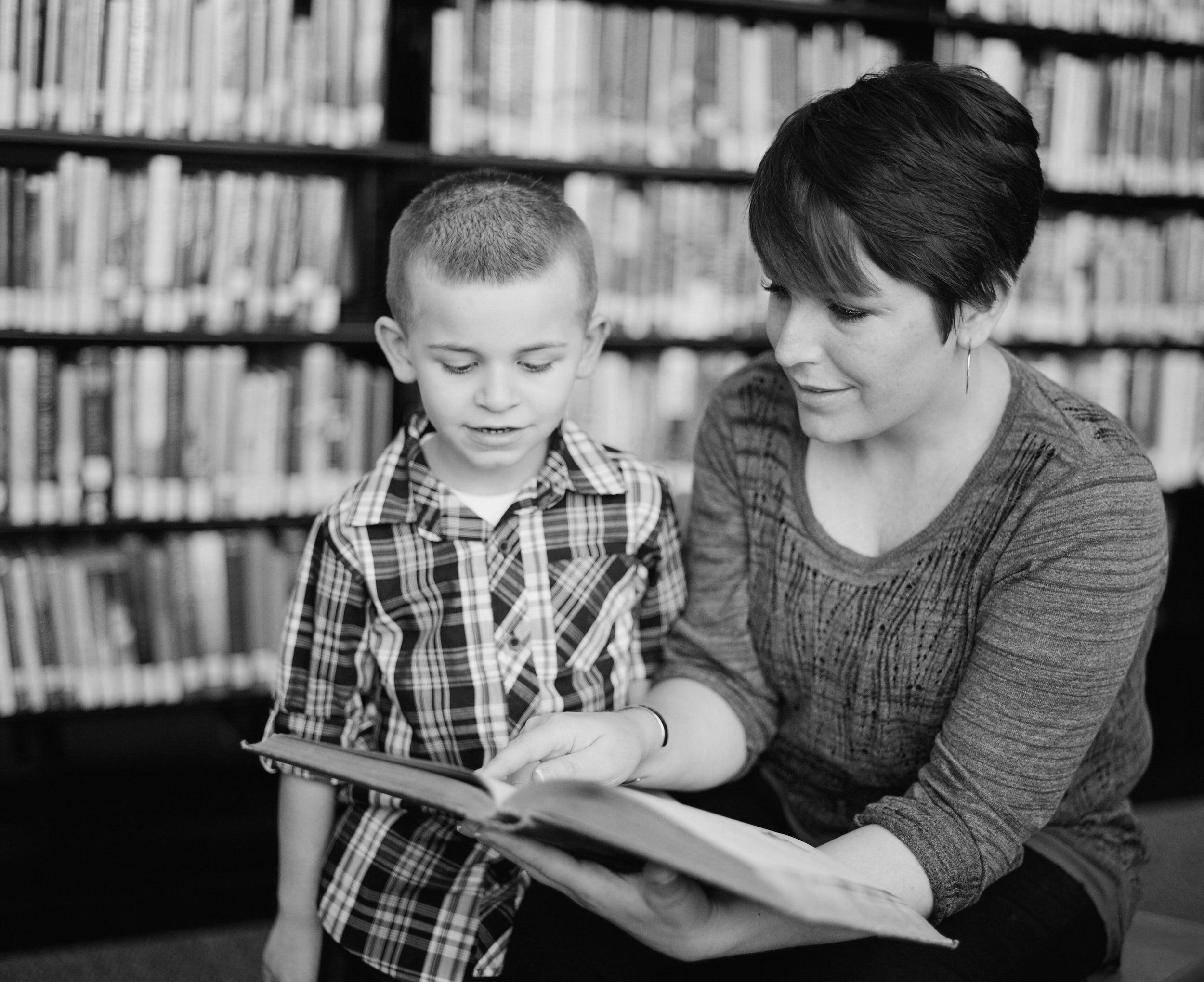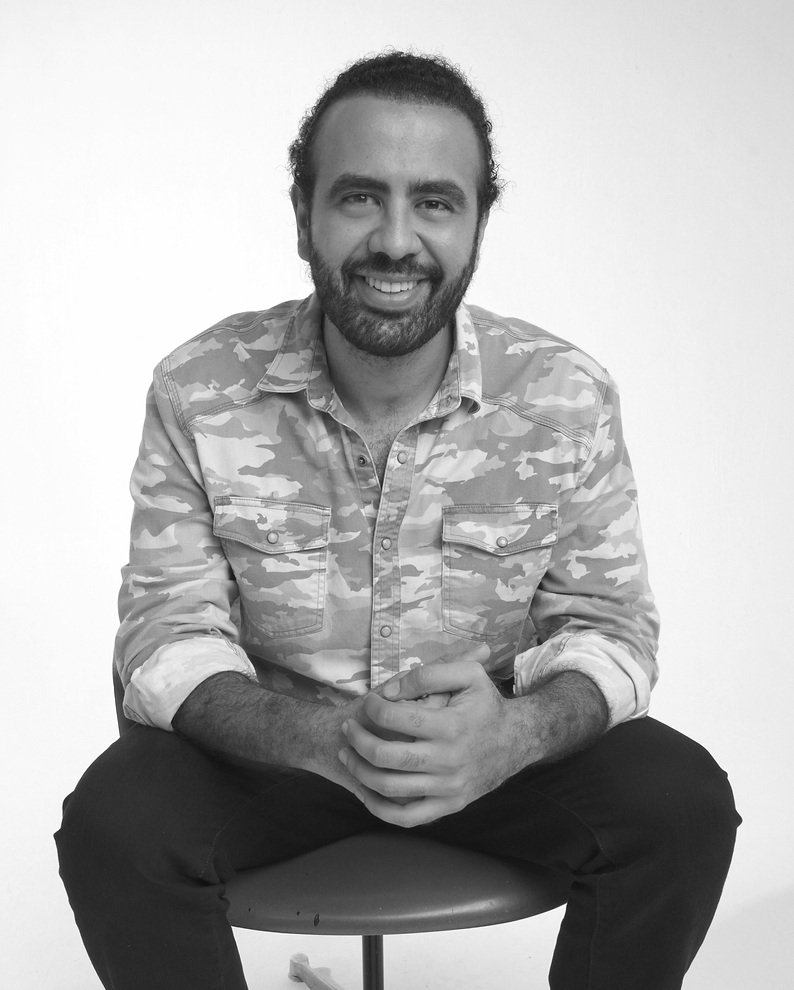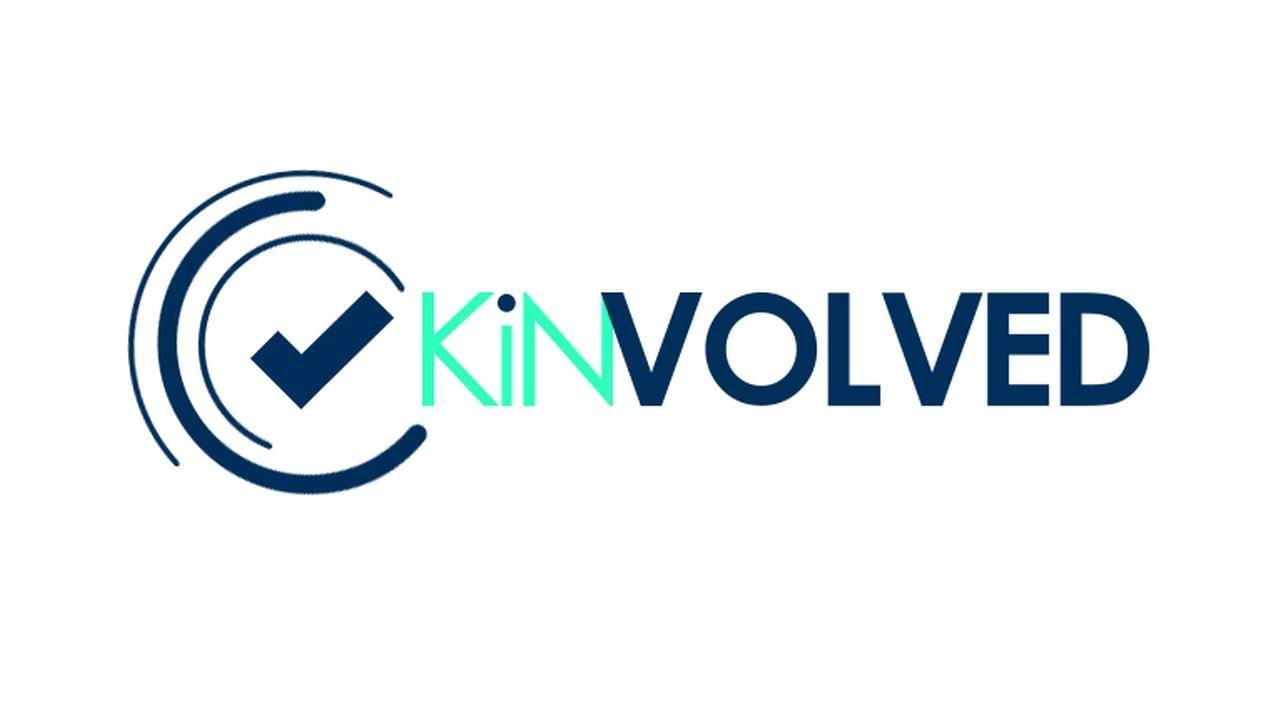
K-12 Education
K-12 Tools To Improve Accessibility & Learning Outcomes
A K-12 Education may be something that many families in the Global North take for granted, but on a worldwide scale, access to early education is far from guaranteed. Of the world’s 787 million children of primary school age, 8% do not go to school—that’s 58 million children.In many countries, non-state and non-governmental actors fill the educational gap. According to UNESCO, in places where public schools were of low quality and in short supply, the percentage of private institutions increased by several percentage points over the past decade. Households in lower and middle income countries also spend roughly 10% more on education, accumulating significant costs for pre-primary and primary education. In the United States, the pandemic upended K-12 education across the country, and families are still feeling the effects as students play catch-up academically and readjust to in-person learning. Now, 55% of Americans want schools to rethink how best to teach kids rather than just return to pre-pandemic learning modes, with a renewed emphasis on cultivating practical skills, emotional intelligence and ‘character’, as well as critical thinking abilities. The big question is: what is the best way to do this?In this Spotlight, we’ll identify a few key pain points in K-12 education today, and then outline some of the ways in which entrepreneurs are developing solutions and re-assessing these problems to tackle systemic challenges.
Shifting Learning Practices To Meet Student Needs
According to the national ‘Purpose of Education Index,’ public views of K-12 education are shifting. In 2019, Americans ranked students being prepared to enroll in a college or university as the 10th highest priority for K-12 schools, while in 2022, that fell to 47th out of 57 total priorities. Respondents said teaching students practical skills, such as learning how to manage personal finances, should be prioritized instead. Schools are also grappling with how to get students back on track after Covid. According to results from the Nation’s Report Card, 2022 federal assessment scores show declines across the majority of states in reading and math, at Grades 4 and 8. All of this has placed a new emphasis on personalized learning for K-12 students in classrooms. With the majority of Americans open to new ways for their children to learn like never before, there is an opportunity for teachers and school boards alike to do things like reconsider classroom layouts, offer students to make more choices about what they learn, and incorporate data and other forms of technology more readily into the classroom to improve learning outcomes. Supporting Teachers and Overcoming Staffing Issues
In the process of innovating the classroom, however, teachers cannot be overlooked. On both a local and national scale, there are widespread teacher shortages in schools, many of which can be attributed to the pandemic. Additionally, superintendent turnover jumped up to roughly 50% in the nation’s largest districts. The fact is that students can’t properly learn if there aren’t enough teachers, or if those teachers do not feel supported in their school districts. Beyond improving salaries or benefits, some states are experimenting with teacher apprenticeships and customized teacher training programs to bolster the recruiting pipeline and diversify staff. Providing Assistance Beyond the Classroom
In order to work against the declining public trust in the K-12 education system, improving the ways in which schools engage with families will be crucial. The dip in public trust was at a low during the pandemic, when debates surrounding virus mitigation and efforts to control classroom discussions on topics such as race and gender reached a peak. Beyond family outreach, mental health support was, and continues to be, a primary concern for educators as students re-entered classrooms. With increased reporting around K-12 students suffering from depression and anxiety, many schools and school boards have placed a renewed focus on re-training staff to provide support and re-working curricula to meet students’ social and emotional needs.
Meet the Entrepreneurs
In light of the challenges that many K-12 students face, we sat down with a group of eLab entrepreneurs who are actively working to improve the learning environment for these young students. Here’s what they had to say about the K-12 education innovation landscape (interviews have been edited for clarity and brevity). This is who they are and why they do what they do:
Mo Arbaji
Mo is Founder and CEO of ChalkTalk, a platform for teachers & trainers to build, personalize, & run their real-time learning courses. What is the biggest challenge you are trying to solve?
The first wave of personalized learning came and went by. This arrived in 2012 with MOOCs, and the basic idea was let’s give everyone a test and based on that test, we’ll give [students] personalized content and assessment. Teachers were teaching to the mythical 50th percentile, and as a result, a lot of students were getting left behind. [I think] no amount of gamification can replace the interactions between learners [and from] learner to teacher. What role is technology playing today?
Everyone is building technology or content. We don’t [necessarily] need more [platforms], but we need better engagement with teachers and students, as well as stronger implementation. With Chalktalk, the question we explored was: can we personalize learning for every student in the classroom but still keep it social and human? We can do this not by changing how teachers teach, but reinventing how [these] interactions work in the classroom. What do you expect to see in the future?
What technology will do in the future is enable conversations between teachers and students in a decentralized way more effectively. [We’ll see more] asynchronous learning coupled with real-time interactions, and tech will help scale this paradigm.Kyla Bolden
Kyla is the CEO of Wiz Kid Learning, an e-learning platform offering live online programs for children aged 4-18.Why are you passionate about K-12 education?
I think it’s awesome to supplement traditional K-12 education and ensure that kids are prepared personally and professionally. I got a computer at a young age, and realized there were no programs out there for me. I taught myself to code and and develop websites, but [I found that] there were no communities to join, unlike other sports and extracurriculars. Building WizKid, it’s important to not just have the skills, but [develop] a community of like minded learners, a more holistic form of education. What is the role of technology today in your business?
Technology plays a huge role at WizKid. When we first started programming, it was in person. Then we shifted to online to educate as many people as possible—we didn’t want to make [someone’s education] less achievable because of location. We’re always thinking about how we can use technology to reach various kinds of backgrounds and learning styles. Right now, we’re focused on small group classes. As we incorporate more tools, like AI, we see it as a way to teach kids in a more personalized way and reach more students. It’s all about giving more access. When used correctly, [tech] levels the playing field. At the same time, one barrier is making the experience as social as possible because classes are online. We want to make sure the classroom feels as much of a community as possible, even though it's virtual. What do you expect to see in the future?
I’m hoping that there will be more focus to develop core skills for kids that they’re actually interested in. School tends to focus on one kind of learner. I'm hoping K-12 education can provide more ways to educate more types of learners. Specifically, [instilling] more of an educator’s mindset. Being able to understand technology, and how to use it for good. I think people could benefit from having more of a tech-focused education. Alma Losada
Alma is the Founder & CEO at Aequaland, a value-driven edtech platform for kids 4-10 years that develop the life skills needed to become well-rounded global citizens. Why are you passionate about K-12 education?
I'm passionate about educating the little ones. Brains reflect the lives they have lived. Our brains are continually changing by the education they receive, the hobbies we have, and the sports we play. We can no longer cast the debate of the difference as nature vs. nurture. We need to acknowledge that our brains are mouldable.
The problem is that capitalism, the patriarchal system, and traditional heritage are rooted unconsciously and guide our perceptions. To change the world, we must start from the root of the problem and plant the right seed [with our children]. I believe education can change these perceptions, change the way we treat each other, [and] change the world for the better. At Aequaland, we want to empower every child to realize their inner superhero. I believe that access to a holistic education with digital play and physical activities can provide a creative pathway for kids' self-love, self-belief, and self-consciousness.What role is technology playing today?
We use tech in two different ways: 1) For students, we use digital play and gamification to increase the appetite for learning, engagement and retention. It’s scientifically proven that adding game elements increase the grey matter and dopamine in our brains, making us happier and smarter. 2) For educators, the class dashboard captures students progress to support their learning journey in a personalized way, and the resources offers teachers a ‘pick-n-mix’ of our themes and content.
The roadblocks [to achieve this] are: 1) The lack of technology or outdated tech in the schools and 2) the absence of familiarity and knowledge of using and integrating technology in the classroom. If we look at obstacles as opportunities to turn problems into progress, there is an opportunity for us to accompany, train and support schools on their digital transformation journey.What do you expect to see in the future?
With AI and robotics, the workforce will be disrupted, jobs will disappear, and new ones will emerge. Education must speed up to match the new workforce. I see a growing need for social and emotional skills development. What differentiates humans from machines is that we are emotional beings. Technology enables us to allocate more time towards higher impact activities and to foster an inclusive and collaborative blended schooling space. With the help of data and AI, we can tailor and recommend learning according to each child, creating tech that supports greater human potential.Miriam Altman-Reyes
Miriam was Co-founder and CEO of Kinvolved, an industry leader in efficacy-tested technology to elevate student attendance, through its acquisition in 2022 by PowerSchool, where she is VP, Go-to-Market Strategy and Partnerships for it’s innovation group.What is the biggest challenge you are trying to solve?
As a high school educator, one issue I encountered was kids missing or being late to class, so I tested different interventions. When I did my MPA, we developed a software platform that generated a two way communication to prevent absenteeism and provide access to data that can help school/district leaders to see trends in real-time and over time. We then built automated interventions based on the attendance data. Over time, the challenge of absenteeism has not gone away, but due to the pandemic, there is now much more public awareness of the problem. What role is technology playing today?
Technology cannot replace human interaction, it is about creating capacity and systems that are reliable. An example is our digital attendance postcard, which automates attendance-data-driven interventions, but [still requires] teachers to have conversations with parents around root causes. Attendance [is a] foundational issue; this is a pretty green market, and most [school] districts [don’t have] a solution to solve for this holistically.What do you expect to see in the future?
I am hopeful for the future. The pandemic placed emphasis on gaps [in the education system], and there is a huge opportunity to think differently about how we educate kids. We will see transformations that will have positive intergenerational effects.Juan Manuel Restrepo
Juan is the Director of Cosmo Schools, a movement that wants to transform the education system in Latin America through a network of high quality and accessible schools.Why are you passionate about K-12 education?
I’m really interested in how tech can transform society. We live in a world where we have huge gaps in equality, gaps between public and private education. Education [is] for me the pathway towards transforming society. No matter your family or economic reality, if you are [given a] pathway to education, you can become what you want to become.
In starting Cosmo, we wanted to explore what the future of education could be. We traveled the world, learned about 100 educational models, talked with teachers and students. [We wanted to] move from transferring knowledge to building pathways of inspiration and facilitating the learning process. What is the role of technology today in your business?
We cannot see tech as the end or the purpose of education. It’s a powerful tool that helps us engage towards a new way of learning—it helps us reduce the gaps and also increase access. Tech will disrupt more of the traditional [aspects] of learning, but we cannot forget about human interaction. If you leave the human aspect out, we lose a sense of who we are. Technology makes knowledge more accessible, but we need to also develop human social and emotional skills at the same time. In K-12, there is not a lot of disruption happening. It’s a very traditional model. We have not had a scalable, disruptive change in a long time. [To do this], we need to change the minds of leaders, and help them see how tech can be a powerful tool. What do you expect to see in the future?
We’re going to have more personalized education through AI. But the big challenge is how we won’t lose the human aspect. We’re going to have AI disrupting many jobs, changing general perspectives of how we work, live, and spend our time. The gap between rich and poor countries could increase. [Therefore] access to technology is going to be critical to reduce this gap. Maria Vélez
Maria is the Founder and CEO of Crack The Code, a computer science school for kids and teenagers.Why are you passionate about K-12 education?
I am passionate about K-12 education because day-in-day-out we are changing lives. Our work is having a direct impact on the futures of the kids that we are working with. There is nothing more gratifying than knowing that your hard work is benefitting society.What role is technology playing today?
Technology is what enables us to reach students all across Latin America. [Because of technology], we are able to scale faster and work with kids that otherwise wouldn't be able to have this type of education. We are also teaching kids how to use and create technology, so our work is tied to technology in different ways. One of the biggest roadblocks we have is that schools in very small and remote parts of Latin America don't have devices or internet, so we can't work with them.What do you expect to see in the future?
I expect to see that technology will transform how we learn, what we are learning and how we should teach. Education leaders, teachers and mentors should be open to accept change in how we teach, how students learn—because a new generation of learning is here.Kellie Lauth
Kellie leads the MindSpark team by designing and launching community-based solutions with innovative professional learning, as well as creating transformational shifts across schools through industry-school partnerships. At Couragion, Kellie is redefining what it means to collaborate across sectors to ensure ample opportunities for communities we all care about.Why are you passionate about K-12 education?
I remain deeply passionate about the expansion of workforce literacy opportunities in partnership with K-12 and industry, especially in rural and highly impacted communities. Providing students with viable industry recognized credentials and mentors is an investment with strong economic and social returns. We can diversify traditional career pathways and offer more options to all students, creating more access and opportunity on-ramps. We have seen firsthand in the communities we work with, the power of intersecting industry and education together to galvanize relevant and viable solutions.What role is technology playing today?
Technology plays a key role in our organization. We not only utilize multiple platforms, apps, and tools to communicate and run our organization, but we upskill educators in drone technology, responsible AI models, AR/VR, and robotics. With the acquisition of Couragion, we have leveled up our ability to build responsive and agile courses, intersect partners, and utilize gaming to support robust early career exploration and development. What do you expect to see in the future?
In the future, I would expect and hope to see an expansion of community-based problem-solving approaches that uplift education as foundational. There is limitless potential in education. We believe the health of communities and our economy is directly tied to the health of our education systems. My hope is that cross-pollinated, transdisciplinary partnerships that provide fluid, dynamic, fierce, unassuming, and simple solutions become the norm across the education landscape.Sonny Thadani
Sonny is CEO and Co-founder of Robin, a supportive community that connects students with inspiring coaches to empower emotional growth. Why are you passionate about K-12 Education?
I wanted to get involved with [education] work after seeing the [effects] of mental health issues within my family, getting involved in Sandy Hook Promise, and as a Dad, realizing the impact of gun violence on children. The world of education is rewarding and unique and it houses everything that my values and beliefs stand for. What is the biggest challenge you are trying to solve?
[Specifically], I wanted to dig deeper on mental health. We want to support our students, but if we don’t support the educator as well, [then they] won’t be able to bring their best selves to work. We’ve learned that teachers don’t have enough [personal] support—they have professional development and training, but who is supporting them? They don’t have access to therapists and coaches or mentors, and [this] is a critical problem to solve. What role is technology playing today?
We all know how powerful technology is, but we need to use it effectively. For us [at Robin], it is the ability to provide access to students who may not have had the opportunity to access coaches, and when a new skill set is learned, the technology will help us build that into a habit. [But], technology cannot replace on ground support, shared safe spaces and replace personal relationships.What do you expect to see in the future?
A [major] barrier to innovation is [having an] understanding of what's happening —innovation has to come from people who understand education deeply. [We need to] have more stakeholders become decision makers: we need teachers, students, parents to have a voice and seat at the table to drive change. We also need to pay educators more money, and change incentive structures. Phil Weinberg
Phil is a Senior Advisor and MD of the Writing Pathway Innovation Lab at the non-profit Teaching Lab (TeachingLab.org), a multi-year research project providing teachers with a clear, open-source roadmap for implementing the highest-quality writing instruction. He was formerly a Senior Partner at Quill.org and Deputy Chancellor for Teaching and Learning of the New York City Department of Education. Why are you passionate about K-12 Education?
Educating our young people is an essential aspect of working toward a more equitable society and maintaining a functioning democracy. At present, my attention is on writing because it is something that does not receive enough focus in teacher training or in the classroom. Writing is an important element in the learning process, and is a key skill ensuring young people develop voice and agency in the world. If students are not taught how to express themselves effectively, we are leaving [these students] without access to one of the most important skills they will need for the rest of their lives. What is the biggest challenge you are trying to solve?
When we started our project, we [realized] there was no coherent and research based approach to teaching writing to support teachers. That support exists in math and in reading. Educators deserve help constructing a progression of skills to enable students to grow as writers. Individual teachers should not have to create that pathway themselves.What role is technology playing today / in the future?
ChatGPT notwithstanding, I don’t think technology exists right now that effectively supports teachers to teach writing well. However, I believe technology will play a huge role over the [next] 20 years—it will help educators become more efficient at providing thoughtful feedback to their students, and it will allow teachers to better track the thinking and learning of students as it evolves in their writing. Additionally, I think technology can support instructional approaches that become more student-centered and differentiated to meet students where they are and help propel them forward. [That said], we also need to understand that tech is a luxury in some places, and that creates huge inequities across the world. Once all students have [better] access to technology, then some of these inequities will begin to dissipate.We are grateful to SFE for sponsoring this program.





















